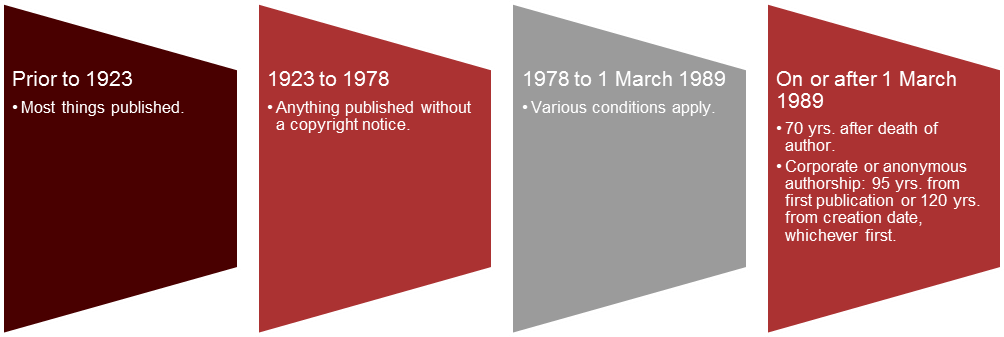Engaging Columbus, a collaboration between Ohio Wesleyan University, the Ohio Five Libraries, the City of Columbus Department of Technology / Geographic Information Systems, and other partners in central Ohio, has generated an interactive map of historic panoramic images from the City of Columbus using digitized photographs from a 1922 Ohio State University master’s thesis. The thesis, “An introduction to the economic and social geography of Columbus, Ohio” was written by Forest Ira Blanchard, OSU Department of Geography’s first graduate-level alumnus. The use of Mr. Blanchard’s photographs is a great example of the way digitization of works can spur new scholarship. Mr. Blanchard’s thesis photographs, published ninety-three years ago, provide important historical information on urban neighborhoods and development in Columbus, Ohio. As Engaging Columbus notes, “Blanchard’s photographs are remarkable for their depiction of typical streets, railroad corridors, and neighborhoods (rather than the more typical images of important buildings or events).” Engaging Columbus was able to freely use the valuable resource contributed by Mr. Blanchard to inform and shape its own work in geocoding historical photographs. The information they have generated is fully available for the benefit of the public and will in turn be used in a variety of ways.
Engaging Columbus was able to use Mr. Blanchard’s photographs without having to ask permission or pay fees to Mr. Blanchard’s estate. Original photographs such as the ones taken by Mr. Blanchard are subject to copyright protection, so how did Engaging Columbus use the photographs without permission? The answer comes from the law surrounding copyright duration and expiration. Mr. Blanchard’s photos were published prior to 1923; the photographs are in the public domain and therefore no longer protected by copyright.
What is the public domain?
In the United States, copyright law seeks “to promote the Progress of Science and useful Arts” by providing copyright owners with a number of exclusive rights over their works, for a limited time. By limiting the time in which a work may fall under copyright protection, the law seeks to find the right balance between incentivizing creators to create works and opening works up for the use and benefit of the public. In addition to establishing duration for copyright protection, the law also provides that certain works never receive copyright protection to begin with. The public domain includes works that fall into both of these categories: those in which the copyright has expired and those which never had copyright protection. Works in the public domain can be used by anyone in any way, without any permission required.
Copyright duration has been extended a number of times over the years, and calculating when exactly a work falls into the public domain due to expiration of its copyright can be tricky. The graphic can provide some general guidance. For more information on the public domain, visit our resources page.
When does a work fall within the public domain?
Digitization as a tool for new scholarship
Scholars around the world are creating tools, digital platforms, websites and documents to help society learn about ourselves. Many like Engaging Columbus are linking the arts, geography, history and sociology, among others, in new and innovative ways. By digitizing works in the public domain, we can provide access to previously unavailable historical, cultural and educational resources, which can have a positive impact on academia. Works such as Mr. Blanchard’s photographs may now reach new audiences and serve as the catalyst for creation and dissemination of new information and perspectives. Building upon and promoting of scholarship is at the heart of the mission of universities and libraries across the country, including The Ohio State University, to advance discovery and learning.
“An introduction to the economic and social geography of Columbus, Ohio” is available for viewing in the Architecture Library at the Austin E. Knowlton School of Architecture and will soon be available online through the OhioLINK ETD Center.
________________________________________________________________________________________
By Maria Scheid, Rights Management Specialist at the Copyright Resources Center, The Ohio State University Libraries




Recent Comments